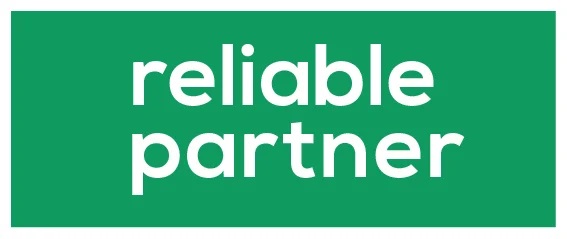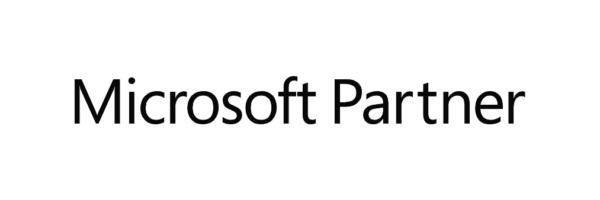Implementing DITA in the documentation process
DITA (Darwin Information Typing Architecture) provides an efficient way to manage technical documentation in a modular and reusable way. However, its implementation can be challenging, especially for teams with no prior experience with structured writing or XML. A successful transition requires planning, the right tools, and a reassessment of content creation processes. This article will walk you through the key steps to implementing DITA.
- Identify needs and goals
Start by mapping out why you want to move to DITA. Is your goal content reuse, multilingual publishing, a more efficient update process, or a scalable documentation structure? A clear goal will help you choose the right tools and resources. - Train the team
DITA brings a new way of thinking: topic-based and structured writing. Make sure that writers have basic training in DITA and understand concepts such as topic types (task, concept, reference), content maps, and metadata. - Choose the right tools
DITA requires an editor that supports XML formatting and the DITA structure. Popular options include Oxygen XML Editor, DITA Open Toolkit, and Component Content Management Systems (CCMSs), which facilitate version control and publishing to multiple channels. - Plan your content structure
A well-designed information model is the backbone of a DITA project. Determine how content will be divided into topics, what reuse needs there are, and how content will be assembled into publications. It is also worth planning metadata and taxonomies carefully from the beginning. - Start small, scale later
Don’t try to migrate everything at once. Choose a pilot project—for example, a single user guide or product line—and use it as a test bed for your DITA adoption. Gather feedback and iteratively develop the process.
Summary:
Implementing DITA requires planning, but the rewards are clarity, efficiency, and scalability. When the process is done in stages and users are properly trained, DITA can bring significant benefits to technical documentation, both in terms of content management and end-user experience.



